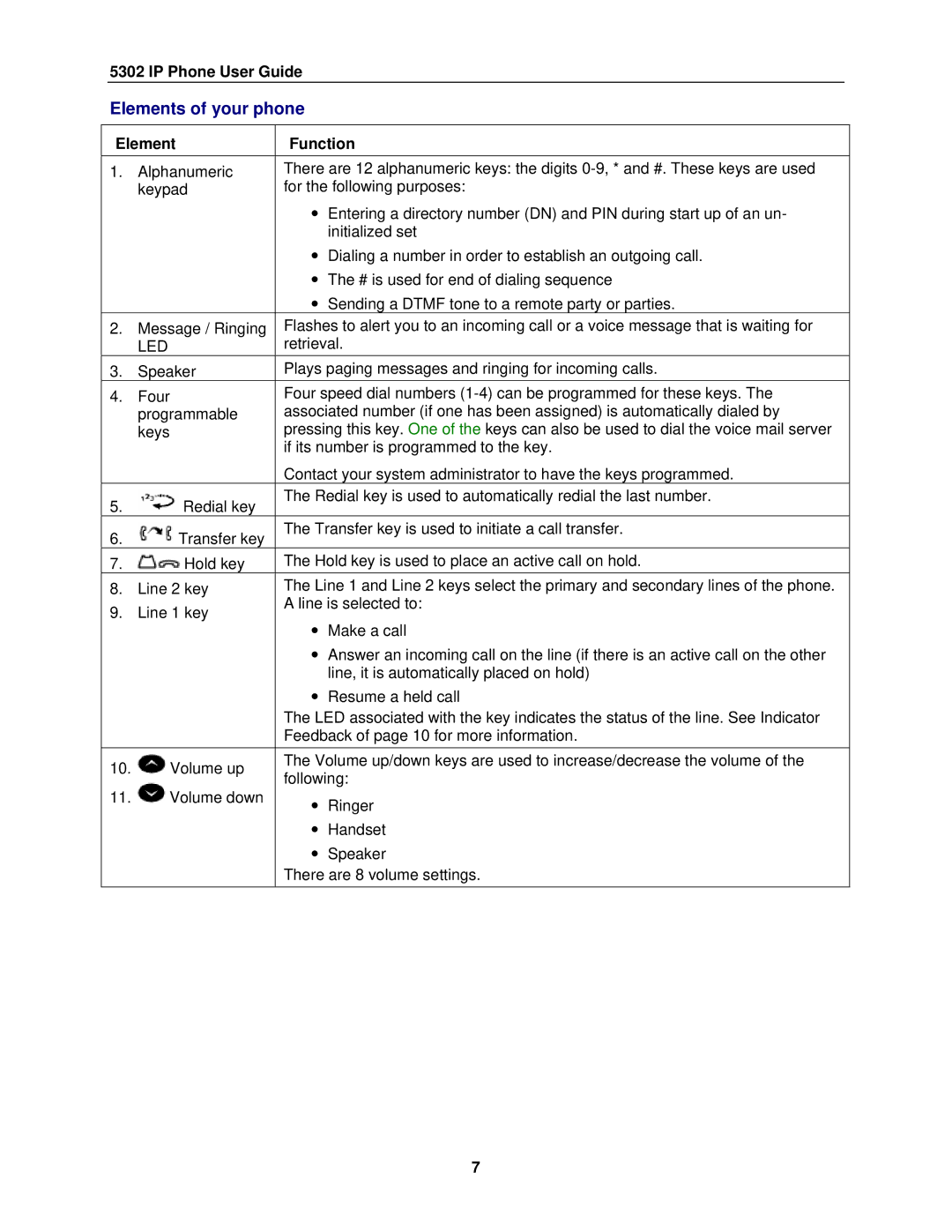5302 specifications
The NEC 5302 is a pivotal microcontroller that showcases NEC's commitment to providing versatile and high-performance solutions for embedded systems. Released in the early 1980s, the 5302 is a member of the NE6xx series, which has seen widespread adoption across various industries. With a robust architecture, the NEC 5302 has become a foundational component in numerous applications, including automotive, telecommunications, and consumer electronics.One of the primary features of the NEC 5302 is its 8-bit processing capability, which enables efficient data handling and control operations. The microcontroller operates at a clock frequency of up to 4 MHz, allowing it to execute instructions quickly while maintaining low power consumption. This attribute makes it particularly suitable for battery-operated devices.
The architecture of the NEC 5302 is characterized by a sophisticated instruction set that includes a plethora of arithmetic, logical, and control operations. Its registered-based design enhances the efficiency of data processing by minimizing the need for external bus transactions. Additionally, the microcontroller typically features a direct memory access (DMA) capability, which facilitates faster data transfer and processing without burdensome CPU intervention.
Another noteworthy aspect of the NEC 5302 is its extensive input/output (I/O) versatility. The microcontroller usually supports multiple I/O ports, enabling seamless connectivity to various peripherals. This flexibility allows developers to design systems that can interact with sensors, displays, and communication modules, resulting in rich user experiences and robust functionality.
The NEC 5302 is built with integrated features that enhance its performance. It commonly includes timers, pulse width modulation (PWM) capabilities, and interrupts, which allow for precise timing and responsive interactions in real-time applications. Moreover, the microcontroller’s capability to handle multiple tasks concurrently through its interrupt system enhances its multitasking prowess.
In terms of memory support, the NEC 5302 typically accommodates a range of memory types, including ROM, RAM, and EPROM, thus providing developers with the flexibility to choose the appropriate storage medium for their applications. This adaptability is essential for developing firmware that can be updated as per evolving requirements and standards.
In conclusion, the NEC 5302 represents a significant advancement in the microcontroller landscape, combining a robust architectural design with extensive features that cater to diverse application needs. Its 8-bit architecture, efficient processing capabilities, versatile I/O options, and integrated functionalities solidify its standing as a key player in embedded systems and microcontroller technology.

